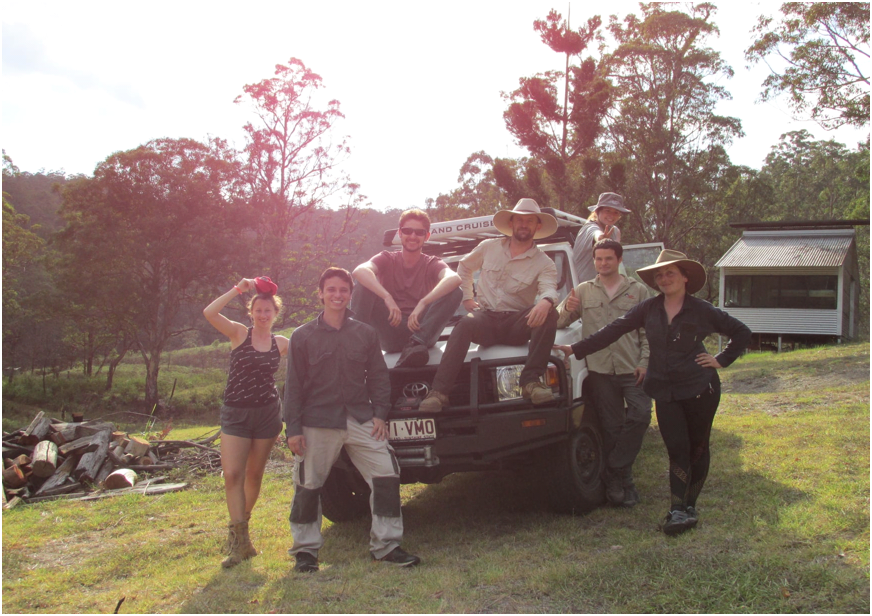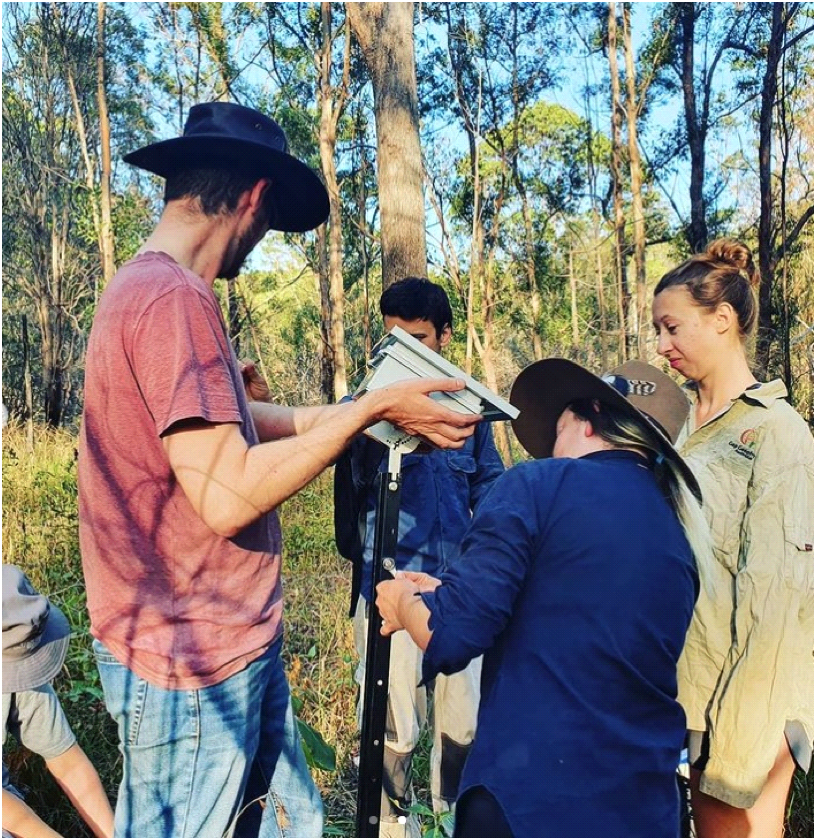Mt Barney Joins the Australian Acoustic Observatory
- Nicole Bray
- Sep 21, 2021
- 3 min read
Updated: Aug 27

Bulimba Creek Catchment Coordinating Committee (B4C) with the help of Brisbane Intrepid Landcare, installed four Solar BARs at their property near the Mt Barney National Park.
B4C made a social investment in 2015 to secure a 129-hectare buffer area for the World Heritage listed Mt Barney National Park. The property contains remnant eucalypt forest, maturing regrowth and has native grass understory in excellent condition.
These forests provide habitat for koalas, glossy black cockatoos and other wildlife. The property is in the Yamahra Creek catchment adjacent to the Mt Barney National Park and it links a northern fragment of the national park to the main part of the Mt Barney World Heritage area to the south.
B4C used its own funds to buy this particular property for its high habitat and landscape linkage values.
Brisbane Intrepid Landcare is affiliated with B4C, and is a group specifically for young people aged 18-35 who want to "do stuff that matters". They promote eco-events, sustainable living and ways to restore habitat. The chance to include the B4C property in an Australia-wide monitoring program was therefore quite appealing to the Intrepid group.
Brisbane Intrepid Landcare Mt Barney Acoustics Monitoring
On 5th December 2020, eight members of Brisbane Intrepid Landcare went to Mt Barney National Park to install four Solar Bioacoustic Audio Recording (BAR) devices.
The placement of acoustic recorders in this key area is part of the greater Australian Acoustic Observatory (AAO) project. The AAO is a continental-scale acoustic sensor network that is recording for a five-year period across multiple Australian habitats.
The project incorporates 360 recorders over 90 sites across seven major ecoregions from desert to tropical rainforest.

Frontier Labs recognised the requirements of the project were different to existing recorders, so made an all-in-one solar powered recorder specifically for long term deployments in harsh and varied conditions. Each site is linked to four acoustic sensors, with two acoustic sensors established in relatively wet habitat (wetland, river, creek etc) and two in relatively dry habitat. The range of wet and dry locations varies from site to site based on local conditions. The recordings are freely available to everyone https://data.acousticobservatory.org/projects/1. The data supports environmental science, including fauna survey and ecological assessment.
The role of the Solar BAR
The Solar BARS were installed in wet-dry pairs, with each pair having one device close to Yamahra Creek (wet sensor-within 50 metres from the water edge), with the other device being positioned further up the slope away from the creek line (dry sensor). The two devices were placed approximately 500 metres apart, and each pair of wet-dry sensors were placed around 500-700 metres apart, although a maximum distance of 20 km is possible if conditions permit. The position of each of the recording devices was mapped using Avenza for future reference.
Finding threatened species by sound
The hope is to find evidence of threatened species such as the Spotted-tail Quoll (Dasyurus maculatus) and Rufous Scrub Bird (Africharnis rufescens) which can be very difficult to record using traditional camera trapping and other fauna survey techniques. The data from the recordings will be available to anyone to analyse on the Australian Acoustic Observatory website once the data is uploaded.
With so many applications for bioacoustic technology, we're constantly inspired by our customers' projects and their findings.





Comments